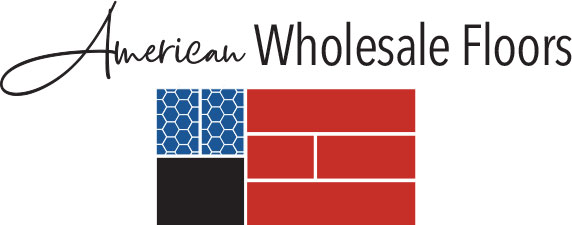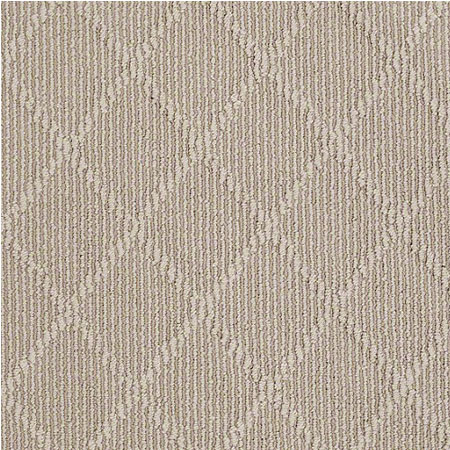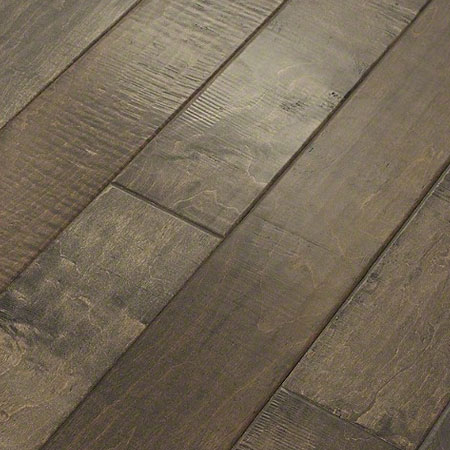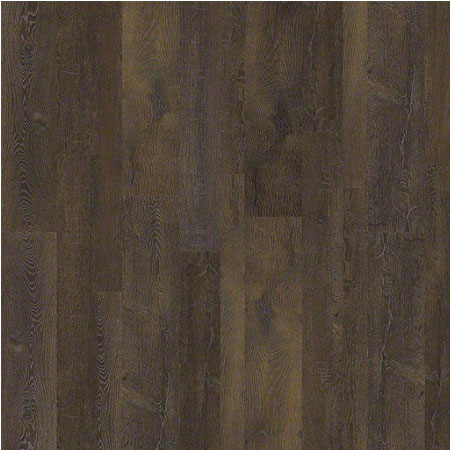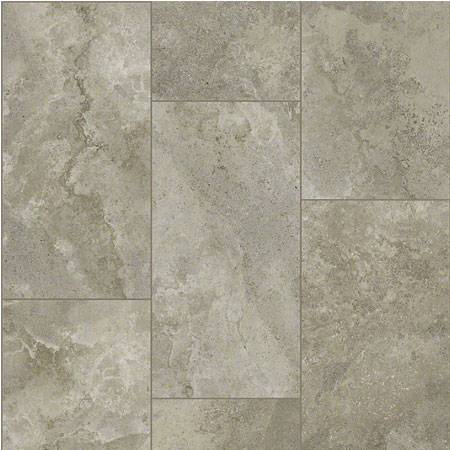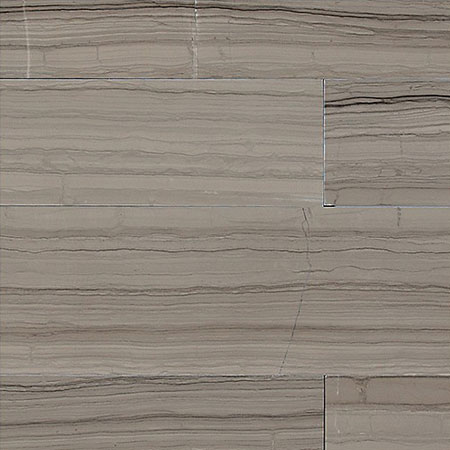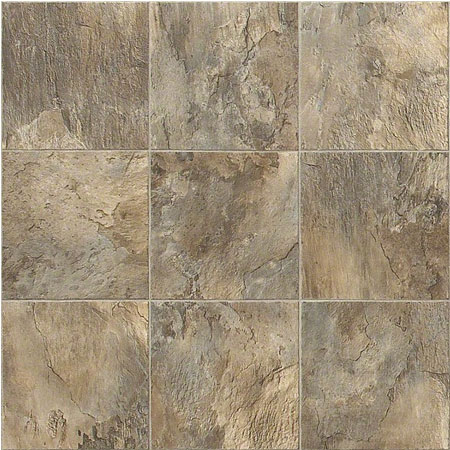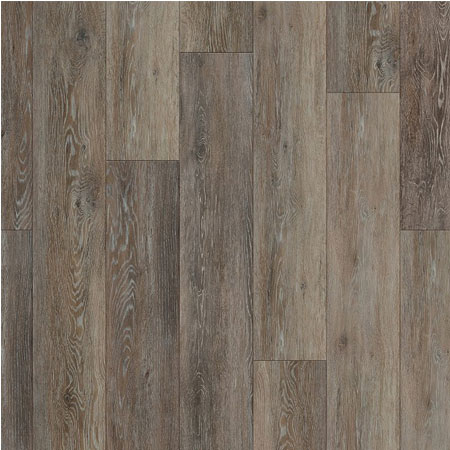Glossary of Natural Stone Terms
For definitions of other terms not listed here, please go to these sections: How It’s Made, Styles, Before You Buy and Before Installation.
Acid-Washed Finish
An acid-washed finish is shiny with small etching marks (pits in the surface.) This
finish shows fewer scratches and is much more rustic in appearance than a honed
finish. Most stones can be acid-washed but the most common are marble and limestone.
Acid washing is also a way to soften the shine on granite.
Brushed Finish
Brushed features a worn-down look achieved by brushing the surface of the stone,
simulating natural wear over time.
Bull Nose Edge
One of two types of edges for natural stone floor tile. A polished bull nose edge
has a rounded or curved appearance.
Calibrated
During this stage, the stone slab’s surface is worked down to a relatively
uniform thickness across the length of the material.
CBU
Wood subfloors usually require a CBU or cement backer unit for support and a moisture
barrier.
Ditra
An underlayment that provides a solid foundation for the tile, while still allowing
for slight movement of the substrate without damage. Plus, in the event that water
penetrates the grout, in a bathroom for example, it provides a protective waterproof
barrier.
Fabricator
At the fabricator’s facility the natural stone slabs are customized for specific
installations.
Flamed Finish
A flamed finish is achieved by heating the surface of the stone to extreme temperatures,
followed by rapid cooling. The surface of the stone pops and chips leaving a rough,
unrefined texture. This process is usually done with granite. Flamed granite has
a highly textured surface, making it ideal for areas where slip resistance might
be a concern, like shower areas.
Granite
An igneous stone that is extremely hard, dense and resistant to scratches and acid
etching. It is an ideal stone for use in flooring and in food preparation areas.
Hundreds of varieties of granite exist.
Honed Finish
A honed surface provides a flat, matte or satin finish creating a more informal
and softer look. This finish is created by stopping short of the last stage of polishing.
A honed finish shows fewer scratches, and requires very little maintenance.
Igneous Rock
Formed when molten rock (called lava or magma) cools and hardens. Granite is an
example of an igneous rock.
Limestone
Another sedimentary stone, it’s formed from calcite and sediment and comes
in many earthen colors.
Manufactured Stone / Agglomerate Stone
This is a synthetic stone made from natural stone chips suspended in a binder such
as cement, epoxy resins or polyester. Some of the most popular types of manufactured
stone products are those made mostly of quartz. The natural quartz gives the product
depth and radiance while at the same time strength and consistency. Manufactured
Stone is strong, it has four times the flexural strength of granite, so there’s
less chance of chipping or cracking. It’s also called Agglomerate Stone. The
most well known agglomerated stone is poured-in-place terrazzo, used in building
for thousands of years.
Marble
A derivative of limestone. It is a metamorphic stone that can be polished. Marble
is characteristically soft and easily scratched or etched by acids. There are countless
types of marble from around the world.
Metamorphic Rock
Created when other kinds of rocks are changed by great heat and pressure inside
the earth. Marble, slate and quartzite are examples of metamorphic rocks.
Polished Surface Finish
A polished surface creates a beautiful glossy shine from the natural reflection
of the stone’s crystals. The mirror-like shine is accomplished by using progressively
finer polishing heads during the polishing process, similar to the way that sandpaper
smoothes hardwood furniture.
Porosity
The amount and size of the pores in a stone. Travertine is very porous and granite
is not.
Quarry
For millions of years, a combination of heat and pressure created blocks of natural
stone, including granite, marble, travertine, limestone, and slate. As the earth's
crust began to grow and erode, it pushed minerals up from its core, forming massive
rock deposits, which we refer to as “quarries”.
Sandstone
A sedimentary stone that is primarily composed of loose grains of quartz sand that
are rough in texture. A number of varieties are available.
Saw-Cut Refined Finish
Saw-cut refined offers a matte finish. After initial cutting, the stone is processed
to remove the heaviest saw marks but not enough to achieve a honed finish. You can
purchase granite, marble and limestone this way, typically on a special order basis.
Sedimentary Rock
Formed from biological deposits that have undergone consolidation and crystallization.
Limestone and sandstone fall into this category.
Slab
Blocks of stone that have been extracted from the earth and cut.
Slate
A metamorphic stone that has a sheet-like structure. It is composed of clay, quartz
and shale, and comes in a multitude of colors including reds and greens.
Split Faced Finish
Split-faced gives you a rough texture, but one not as abrasive as flamed. This finish
is typically achieved by hand cutting and chiseling at the quarry, exposing the
natural cleft of the stone. This finish is primarily done on slate.
Stone Tile
The typical natural stone floor tile sizes are 12”x12”, 13”x13”,
16”x16” and 18”x18.
Straight 90-Degree Edge
One of two types of edges for natural stone floor tile. A polished straight 90-
degree edge creates a more modern and clean look.
Substrate
The surface on which the stone tile is laid.
Thinset
A cement based adhesive that is applied to the surface with a notched or grooved
trowel. The tile is then placed into the thinset and pressed firmly into place.
Since stone tiles vary in thickness and size, the amount of thinset mortar applied
is adjusted where needed.
Travertine
A crystallized, partially metamorphosed limestone which, because of its structure,
can be filled and honed and is dense enough to be a type of marble.
Tumbled Finish
Delivers a smooth or slightly pitted surface, and broken, rounded edges and corners.
There are several methods used to achieve the tumbled look. 3/8” thick tiles
can be tumbled in a machine to achieve the desired look, or 3cm tiles can be tumbled
and then split, creating two tiles that are tumbled on one side. Marble and limestone
are primary candidates for a tumbled finish.
Unsanded Grout
A dry, Portland cement-based product that is mixed with water onsite. The grout
mixture is spread over the tiled area with a grout float to fill in all the joints.
A sponge is then used to remove excess grout from the surface of the tile while
leaving the grout in the joints to cure. Un-sanded grout is most commonly used in
natural stone installations because it is able to fill the small joints more easily
and will not scratch soft stones like sanded grout.
